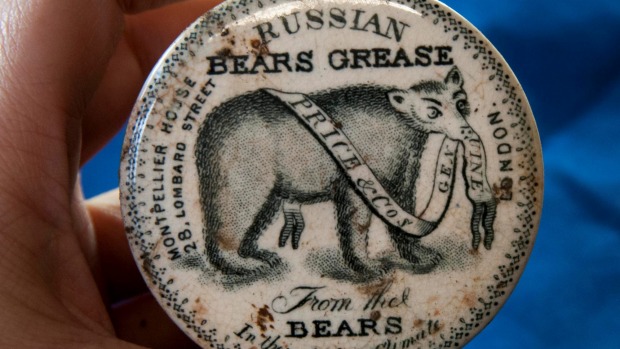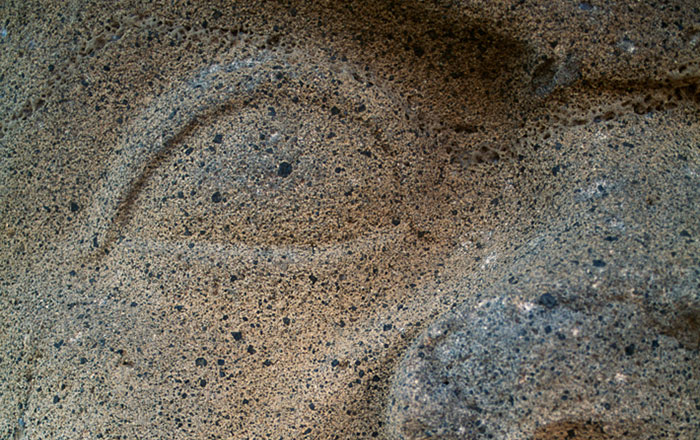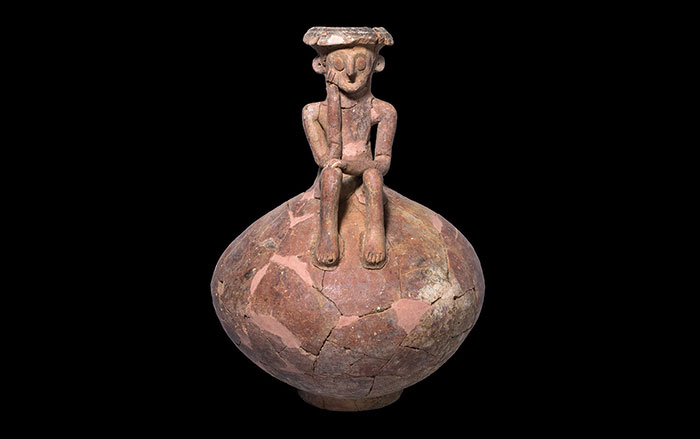
CHRISTCHURCH, NEW ZEALAND—According to a report in The Press, artifacts and features dating to the early nineteenth century have been uncovered at a construction site on New Zealand’s South Island by an excavation team from Underground Overground Archaeology. The artifacts, which are thought to have belonged to the island’s first European residents, include a jar labeled “Russian Bears Grease” (a hair care product that was probably goose fat), a child’s knife with a bone handle inscribed with the words “for a good boy,” and a glass jar from a London pharmacist. All of these objects appear to date to the 1840s. A decorated mason jug, probably made in the 1820s, may have been brought to the island from England as a family heirloom. The team has also found a well, walls, and a rubbish pit. Archaeologist Hamish Williams said the team is researching historic records to find out what sort of building once stood on the site. To read about a recent discovery in Australia, go to “Death by Boomerang.”











